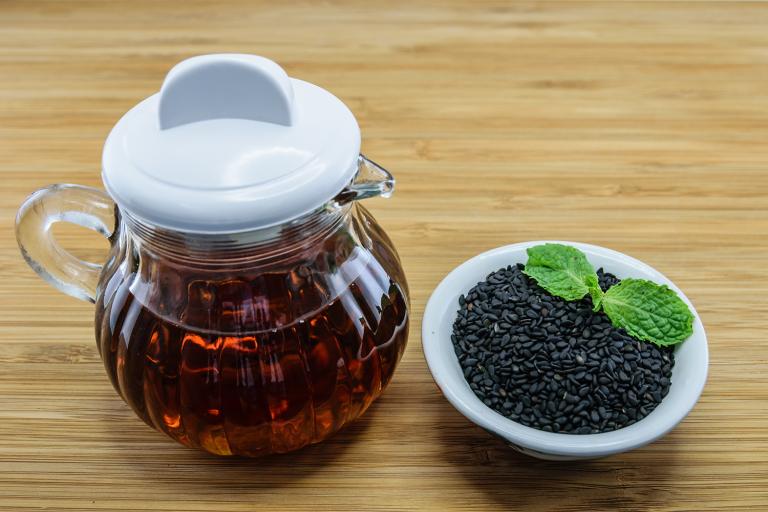Allergies can be related to foods you eat, things you touch, and substances you inhale. This latter category rears its ugly head in the months when plants are active. In the northern United States, that might be spring and fall, but in the South, some of these allergy issues can last all year. And if your inhalant allergy is indoors, like dust, those are year-round issues as well.
Allergy symptoms can range from annoying (itching eyes and an occasional sneeze) to life-threatening (airway closure). Fortunately, most people fall into the mild to moderate category when it comes to these kinds of allergies.
Common Allergens
Some of the most common inhalant allergens include pollen, ragweed, hay fever, dust mites, and pet dander. It is estimated that nasal allergies affect over 50 million people in the United States to the point that they seek medical care, and almost 18 million are diagnosed with hay fever. More than 13 million annual visits to doctor’s offices, hospital clinics, and emergency rooms are due to allergic rhinitis, or the symptoms of nasal allergies. Another 10 million adults and children who have pets are actually allergic to their pets!
Allergies cause an over-release of a substance in the body called histamine. This is responsible for the itchy, watering eyes, nasal congestion, sneezing, coughing, and redness.
Pharmaceuticals Linked to Dementia?
The most common pharmaceutical approach to allergies is to use drugs that reduce histamine, or anti-histamine drugs. These are in a class of drugs called anticholinergic drugs, which deplete choline from the body. Choline is needed by the body to make an important brain communication chemical called acetylcholine, and the Journal of the American Medical Association (Neurology) recently published a study showing these drugs may increase the risk of Alzheimer’s disease and other dementia. It has been found that using these types of drugs consistently for three years or more increases risk by 54 percent. You shouldn’t have to choose between alleviating allergy misery and long-term neurological damage.
This is NOT true of the emergency prescription drug intervention called the EpiPen, or epinephrine injection. This is a lifesaving medication that is used rarely and opens up the airways in people suffering from the most severe allergic reaction, anaphylaxis. Never be afraid to use your emergency rescue medication if you are suffering a severe allergic reaction. But if possible, you should avoid daily use of over-the-counter drugs like diphenhydramine.
Natural Allergy Relief
Natural interventions for allergies can be very useful. Recent research has looked at the use of Nigella sativa (black seed). The results showed that by two weeks of use, N. sativa could reduce the presence of the nasal mucous congestion and itching, runny nose, and sneezing attacks. More research is needed, but this could be a promising botanical for allergies.
Purple butterbur or Petasides hybridus is another effective herbal intervention for nasal allergies. There are 12 clinical trials involving butterbur for this application. However, this plant contains liver toxins called pyrrolizidine alkaloids (PAs) that must be removed for safe use. Don’t let this scare you off, but look for a clinically studied form of this herb and make sure it is properly prepared. It does not work quickly, but can be highly effective, so have patience if you use this herb. It is especially useful for long-term allergy use, for example, with dust and pets.
Another interesting way to stop allergies is to prevent the allergens from coming into contact with the allergy receptors. Researchers in the United Kingdom have developed a medical device—a spray of ultrafine cellulose powder that gently coats the interior of the nasal passages, turning into a soft thin layer of gel. The process has been described as the equivalent of wearing a surgical mask on the inside of the nose. The gel is expelled when the nose is blown, and the powder is reapplied. Published human studies have shown dramatic reductions in allergic reactions and allergy symptoms in both children and adults, without any adverse effects.

